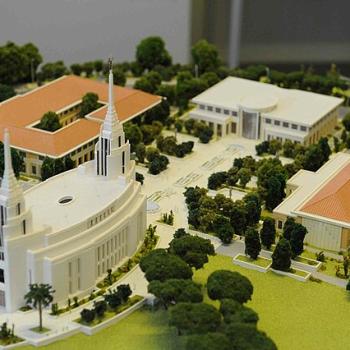
Here is a passage that struck me when I read Geraint F. Lewis and Luke A. Barnes, A Fortunate Universe: Life in a Finely Tuned Cosmos (Cambridge: Cambridge University Press, 2016) a while back:
While what makes a human in terms of consciousness remains a bit of a mystery, over the last few hundred years science has revealed the building blocks of the human body in stunning detail.
Through scientific endeavour, we now know that a human body is a mass of interacting chemical signals, a complicated network of processes that allow us to eat, sleep, move about, and generally live. You’re a very organized bag of chemicals, with a lot of structure on a lot of levels.
With the naked eye (and with the aid of a sharp knife), we can see that the typical human is made from a number of key components, including a skeleton to support its weight, fibres of muscle and tendons for strength and movement, as well as an array of individual organs to process food and air into fuel. This is all conveniently wrapped in a semi-permeable skin, stopping everything spilling out onto the floor.
Anyone who has picked up a Human Biology 101 textbook knows the complicated processing that a morsel of food undergoes, starting at the mouth, through the gut where energy is extracted, and finishing in the sewer systems that make modern life bearable. As we look deeper, we see that the complexity of what makes a human continues to increase. The liver looks like a nondescript lump of flesh, but inside is a sophisticated blood-filtering machinery. Blood appears to be just a red fluid, but when exposed to air, a complex cascade of chemical reactions creates a clot to stop the bleeding. Does looking deeper always uncover more complexity?
The simple, and rather amazing answer is no! Eventually, as we look deeper, as biology becomes chemistry and chemistry becomes physics, the complex gives way to the simple, until what makes a human can, in its rawest of terms, be scribbled on the back of a napkin. (33-34)












